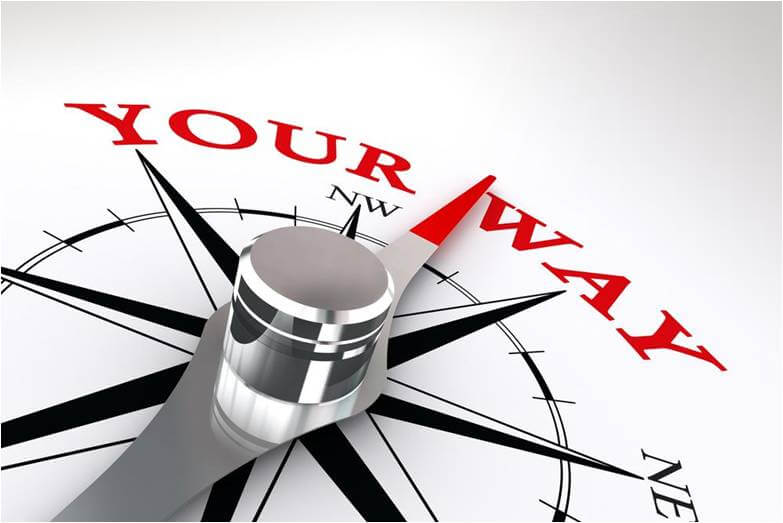Marketing automation is something that typically takes a lot of planning. We map out the customer journey and decide which communication will be sent out at various touch points. However, there is no guarantee that everything will go as planned, because try as we might, we can’t control consumer behavior.
That’s why trigger marketing is so powerful. It isn’t based on predictions — it’s based on actual consumer behavior. Basically, when a consumer performs an action, a communication is sent out that helps them to the next stage of the customer journey.
New to trigger marketing? Here are a few examples of trigger marketing automation to help you on your way:
Trigger #1: A consumer took advantage of your online offer.
What To Do: Send a confirmation email with their transaction information and include possible next steps, like watching a demo or sharing the offer with friends and family. Make sure you include a relevant call to action.
Trigger #2: A consumer viewed specific content on your website.
What To Do: Think about the content on that page. Is it related to a specific industry, target market or pain point? Make sure you’re storing all of that data so you can follow up with tailored messaging related to the page they viewed.
Trigger #3: A consumer recently became more engaged on your site, or they quit engaging with you altogether.
What To Do: Invite the highly-engaged consumer to share the content they liked or notify their sales rep that now might be a good time to check in with them. For the unengaged consumer, schedule a few triggered follow-ups. Try to get them back on board with each communication, and if they do not respond after six months, offer to unsubscribe them.
Trigger #4: A consumer is on social media asking questions about your product. Maybe they’re checking out the competition or they’re asking questions about the pain points your product solves.
What To Do: The most important thing to do is not to automate your response. You’ll want to reply on social media and consider following up with a marketing trigger campaign that includes related content — product information, reviews, case studies — whatever you think may be of interest.
Once you get started with trigger marketing, you’ll likely see an increase in response rates, due to the fact that these messages are so personalized.
Now, more than ever, it’s important to reach to right consumers at the right time with the right messaging. That’s why companies use trigger marketing and why we’ve made it an integral part of our Expresso business communications platform.
